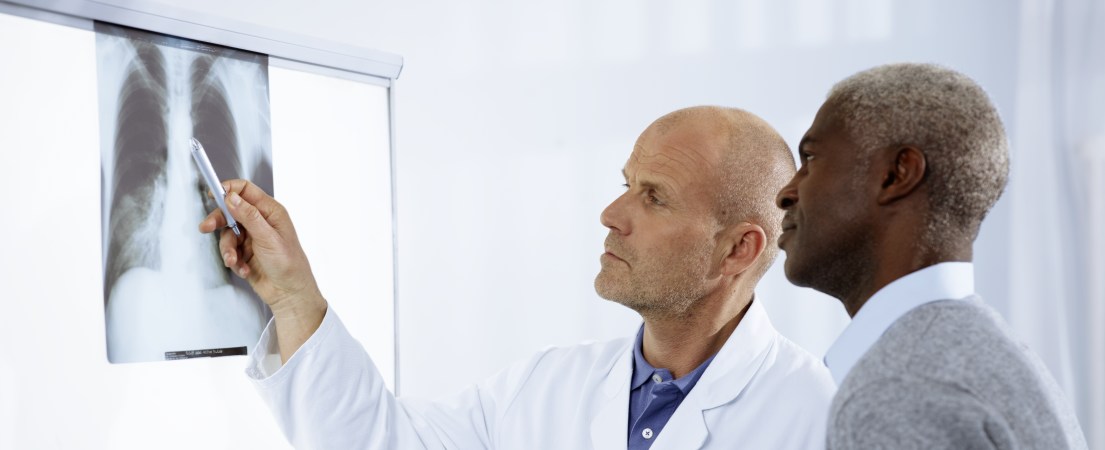Therapy Options
Stroke
In case of stroke, immediate recognition of symptoms and transportation to the emergency department is crucial to limit potential brain damage. If you suspect you or someone near you is having a stroke, call an emergency medical team immediately. To emphasize the urgency of the call, you should describe the symptoms and the possibility that a stroke is occurring. Every minute that the affected areas of the brain are deprived of oxygen puts the vulnerable nerve cells at risk. Brain damage resulting from a stroke can affect a person’s speech, movement, memory, and even result in death.
Emergency Response to Stroke
- In case of suspected stroke, call 9-1-1 to make an emergency call.
- Describe the symptoms and mention the possibility that a stroke is occurring.
- The patient should not be given anything to eat or drink, as ability to swallow might be impaired, which could cause suffocation.
- If the affected person is conscious, they should be talked to and reassured.
- Preferably, the affected person lies with a slightly elevated head and upper body. A cushion or folded clothes can support the back. Any tight clothing should be loosened.
- If the affected person is vomiting or unconscious he should be brought in the recovery position, in which the body is placed facing downwards and slightly to the side, supported by one’s own bent limbs.
- If there is no palpable pulse and/or the affected person has stopped breathing, cardiac massage must be started immediately and continued until the emergency medical team arrives
After primary care, the emergency medical team will take the patient to a hospital, preferably to a specialized stroke unit or stroke center. Therapy for an acute stroke will depend on the underlying cause. Treatment for an ischemic stroke caused by a blocked artery, for example, different than for a hemorrhagic stroke caused by bleeding. By using computed tomography or magnetic resonance imaging (MRI), the physician will be able to distinguish between these kinds of stroke.
Treatment of Ischemic Stroke
In ischemic stroke, it is crucial that blood flow to the affected area is restored as soon as possible. Ideally, a so-called thrombolysis, or breakdown of blood clots by pharmacological means, is performed within the first four hours after the stroke has occurred. Typically, the patient is given medication like which resolves blood clots. To prevent further blockages by blood clots, blood-thinning medication is also administered. In certain cases, the blocked arteries have to be reopened mechanically by means of a catheter.
Treatment of Hemorrhagic Stroke
If the bleeding has not stopped on its own, it must be stopped by emergency surgery. The spilled blood and the blood clots that form as a result of hemorrhagic bleeding can damage the vulnerable brain tissue by putting pressure on it. If there is too much pressure inside the skull, the skull cap will be opened in an emergency surgery to relieve the brain. Depending on the type and severity of cerebral hemorrhage, physicians may instead choose to lower the patient’s blood pressure or insert a catheter in the groin to deliver medicine that breaks up the blood clot in the brain. With these methods, neurosurgical intervention can be avoided.
What Causes Stroke?
Cardiovascular disease are frequent causes of a stroke.
In about 30 percent of all strokes no definite underlying cause can be discovered; these cases are classified as cryptogenic strokes. (link) Episodes of asymptomatic and unrecognized atrial fibrillation can be taken into account as a potential cause. In this case, a small heart monitor will help to determine previously unrecognized atrial fibrillation and treat it accordingly
Rehabilitation After a Stroke
There are a wide range of rehabilitation options that may help the patient to overcome their impairments after a stroke or live an active life in spite of them. An individualized rehab program depends on the particular consequences of the stroke. Physiotherapy promotes the mobility and physical power of the patient. Ergotherapy trains fine motor skills. Patients experiencing difficulty when speaking due to brain damage (aphasia) can take advantage of a speech therapist to assist in regaining their faculties. Please, contact your physician and get personal advice, which rehab programs are the best for you.
How to Prevent Recurrence of Stroke
After a stroke, there is an elevated risk of experiencing another. With the appropriate medical treatment or lifestyle changes, you can reduce or even eliminate the risk of recurrence.
- Adhere to all medications prescribed by your physician
- Take advantage of all recommended checkups
- Treatment of arteriosclerosis or heart rhythm disorders
- Lower high blood pressure
- Control blood sugar level
- If you are overweight, lose weight
- Exercise regularly without overstraining yourself
- Quit smoking
- Cease using alcohol or drugs
- Avoid stress, take your time and relax

